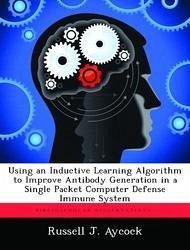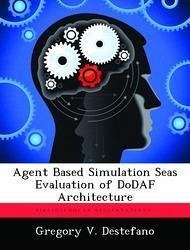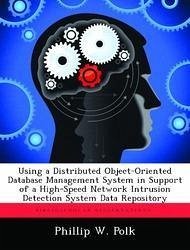
A Distributed Agent Architecture for a Computer Virus Immune System
Versandkostenfrei!
Versandfertig in über 4 Wochen
52,99 €
inkl. MwSt.

PAYBACK Punkte
26 °P sammeln!
Information superiority is identified as an Air Force core competency and is recognized as a key enabler for the success of future missions. Information protection and information assurance are vital components required for achieving superiority in the Infosphere, but these goals are threatened by the exponential birth rate of new computer viruses. The increased global interconnectivity that is empowering advanced information systems is also increasing the spread of malicious code and current anti-virus solutions are quickly becoming overwhelmed by the burden of capturing and classifying new v...
Information superiority is identified as an Air Force core competency and is recognized as a key enabler for the success of future missions. Information protection and information assurance are vital components required for achieving superiority in the Infosphere, but these goals are threatened by the exponential birth rate of new computer viruses. The increased global interconnectivity that is empowering advanced information systems is also increasing the spread of malicious code and current anti-virus solutions are quickly becoming overwhelmed by the burden of capturing and classifying new viral stains. To overcome this problem, a distributed computer virus immune system (CVIS) based on biological strategies is developed. The biological immune system (BIS) offers a highly parallel defense-in-depth solution for detecting and eliminating foreign invaders. Each component of the BIS can be viewed as an autonomous agent. Only through the collective actions of this multi-agent system can non-self entities be detected and removed from the body. This research develops a model of the BIS and utilizes software agents to implement a CVIS. The system design validates that agents are an effective methodology for the construction of an artificial immune system largely because the biological basis for the architecture can be described as a system of collaborating agents. The distributed agent architecture provides support for detection and management capabilities that are unavailable in current anti-virus solutions. However, the slow performance of the Java and the Java Shared Data Toolkit implementation indicate the need for a compiled language solution and the importance of understanding the performance issues in agent system design. The detector agents are able to distinguish self from non-self within a probabilistic error rate that is tunable through the proper selection of system parameters. This research also shows that by fighting viruses using an immune system model, t














